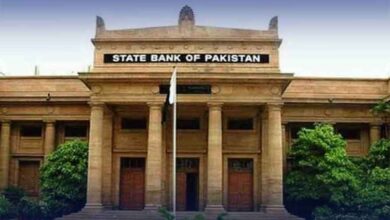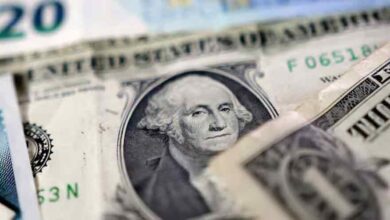ISLAMABAD: Pakistan’s inflation rate continued its sharp decline, reaching a historic low of 0.7% year-on-year (YoY) in March, marking the slowest pace in three decades.
This reflects a trend of disinflation, indicating a slowdown in rising prices, while deflation refers to an overall decrease in price levels.
According to the Pakistan Bureau of Statistics, CPI inflation stood at 0.7% YoY in March 2025, down from 1.5% in February and significantly lower than 20.7% in March 2024.
“On a month-on-month basis, inflation increased by 0.9% in March 2025, following a 0.8% decline in the previous month,” the bureau reported.
Karachi-based brokerage firm Topline Securities noted, “Pakistan’s CPI for March 2025 recorded at 0.7%, the lowest monthly YoY figure in over 30 years.”
It further stated that inflation averaged 5.25% during the first nine months of FY25, compared to 27.06% in the same period of FY24.
The latest figures indicate that Pakistan’s National Consumer Price Index (CPI) rose by 0.89% in March 2025 compared to February 2025 and by 0.69% year-over-year.
Read also: Pakistan’s inflation falls to 1.5% in Feb – lowest in over 9 years
Food prices, holding the largest share in the CPI basket at 34.6%, remain a primary concern. The food index reached 278.3 in March 2024, marking a 5.1% annual increase.
On a monthly basis, notable price hikes were observed in tomatoes (36.35% in urban areas), fresh fruits (18.66%), and eggs (14.92%). Meanwhile, the cost of some essential food items dropped, including onions (14.89%), tea (7.69%), and potatoes (6.83%).
Year-over-year, the prices of pulse moong (31.02%) and butter (23.84%) saw significant increases, while onions and tomatoes experienced sharp declines. This trend reflects the ongoing financial strain on households managing rising food costs.
Housing, which constitutes 23.6% of the CPI, recorded a 2.2% annual rise, whereas transport costs dropped by 1.2%, offering some relief to consumers.
Other essential sectors showed notable year-over-year price increases, including clothing and footwear (13.5%), education (11.9%), and health services (13.8%).







